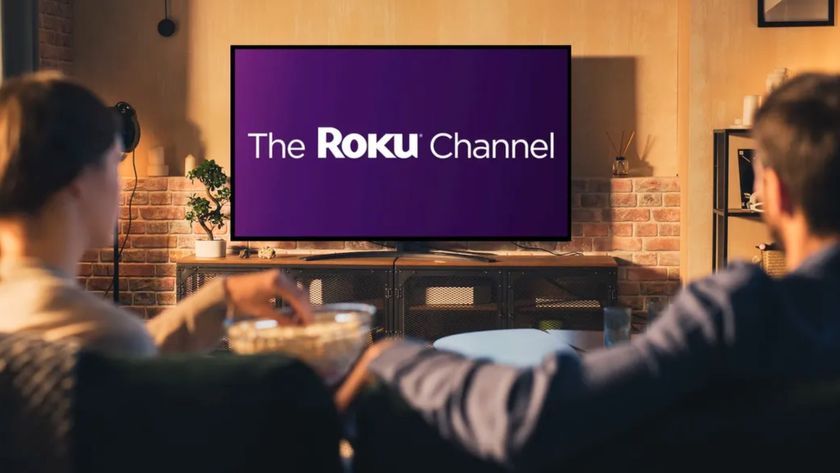Resolution Revolution: 4K TV Sales Expected to Soar
Price cuts and more content are expected to boost 4K TV sales substantially in 2014, NPD reports.
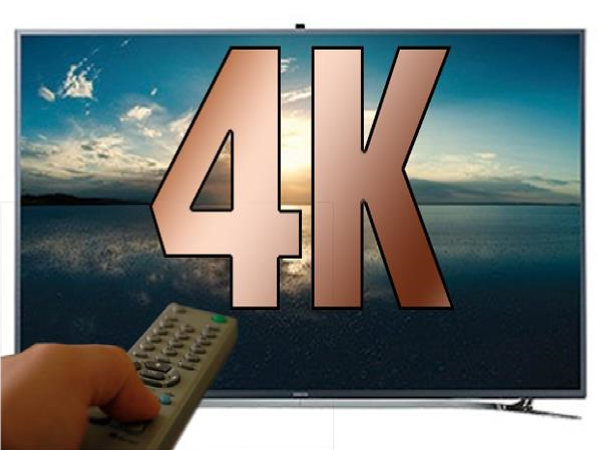
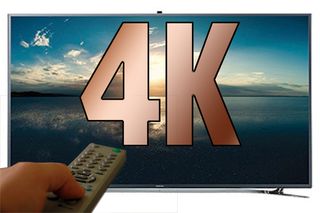
Chances are, you are not one of the 1.9 million people who bought a 4K TV in 2013. This cutting-edge consumer technology has yet to reach most people's living rooms — largely due to high prices and a dearth of native content. But according to market research company NPD, the 4K revolution is just a few years away.
The name 4K refers to a resolution of roughly 4000 pixels across. The standard 4K resolution for movies is 4096 x 2160 pixels, far higher than the HD standards of 1280 x 720 and 1920 x 1080 pixels. In home products, however, what many call "4K" actually has a slightly lower resolution of 3840 x 2160 pixels, technically known as Ultra HD.
MORE: What is a 4K TV?
To get the full benefit of a 4K or Ultra HD screen, you'll need to watch something on it that was also filmed in 4K. Right now, there aren't many options. YouTube hosts some 4K content already, and some limited download and streaming services are available. Both Netflix and Amazon Studios have announced plans to film some or all of their upcoming original content using 4K cameras, and Netflix has announced plans to stream in 4K sometime in 2014. (Amazon has not yet revealed its 4K streaming plans.)
The new video game consoles — Sony's PlayStation 4 and Microsoft's Xbox One — do not support 4K games, though Sony says the format is "under consideration." Microsoft says the Xbox One will eventually support 4K via a software upgrade.
Commercially available 4K/Ultra HD TVs are currently very expensive — Sony's 55-inch Ultra-HD screen costs $4,999.99. However, NPD says that the price is projected to drop rapidly while the amount of content increases. The average price of a 4K TV will drop to about $2,000 in North America in 2014, and will fall to as low as the equivalent of $1,000 in China, according to NDP, which didn't specify screen size for these price estimates.
That kind of pricing makes 4K/Ultra HD TVs a much more compelling deal than they currently are. Exorbitant price aside, given the general lack of 4K content, the clearest benefits of a 4K TV are the way it scales up lower-resolution video and interpolates extra detail.
Sign up to get the BEST of Tom's Guide direct to your inbox.
Get instant access to breaking news, the hottest reviews, great deals and helpful tips.
NPD predicts that by the end of 2013, the number of commercial 4K TVs shipped globally that year will be approximately 1.9 million. In 2014, the number is expected to skyrocket to 12.7 million that year. Shipments doesn't necessarily equal sales, but it is a good indication of the demand that both analysts and manufacturers predict in the coming year.
Panel makers have an even more optimistic estimate, planning to manufacture almost 27 million 4K screens in 2014, according to Paul Gagnon, NDP's director for global TV research.
Who is buying all these 4K TVs? Most buyers are in China; the country accounts for 87 percent of 4K TV purchases in 2013. NPD predicts that by 2014, sales in China will make up 78 percent as other countries start buying as well, but through 2016, China is expected to buy more 4K TVs than the rest of the world combined.
Meanwhile, plasma TVs and CRT-TVs (those old tube TVs — yes, they still exist) are on the decline and are expected to disappear entirely from the market by 2016. LCD TV shipments are projected to grow steadily through 2017, and will dominate the majority of TV sales. Overall, total TV shipments are expected to grow by about 1 percent in 2014, to a total of 229 million units worldwide.
Email jscharr@techmedianetwork.com or follow her @JillScharr and Google+. Follow us @TomsGuide, on Facebook and on Google+.
Jill Scharr is a creative writer and narrative designer in the videogame industry. She's currently Project Lead Writer at the games studio Harebrained Schemes, and has also worked at Bungie. Prior to that she worked as a Staff Writer for Tom's Guide, covering video games, online security, 3D printing and tech innovation among many subjects.
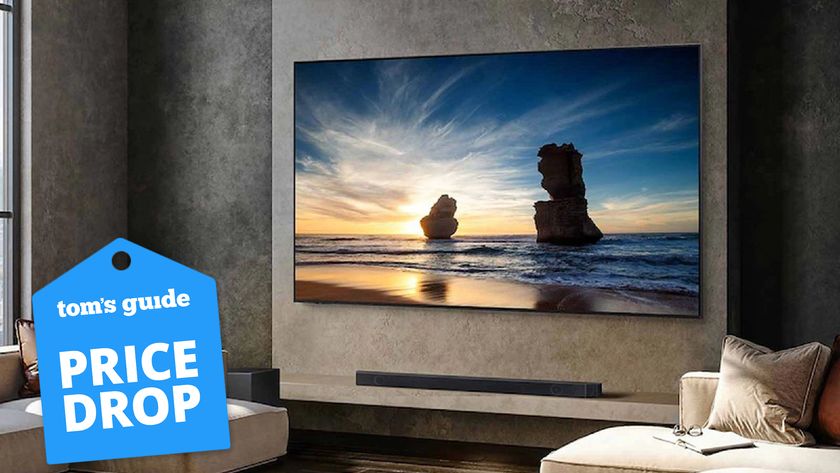
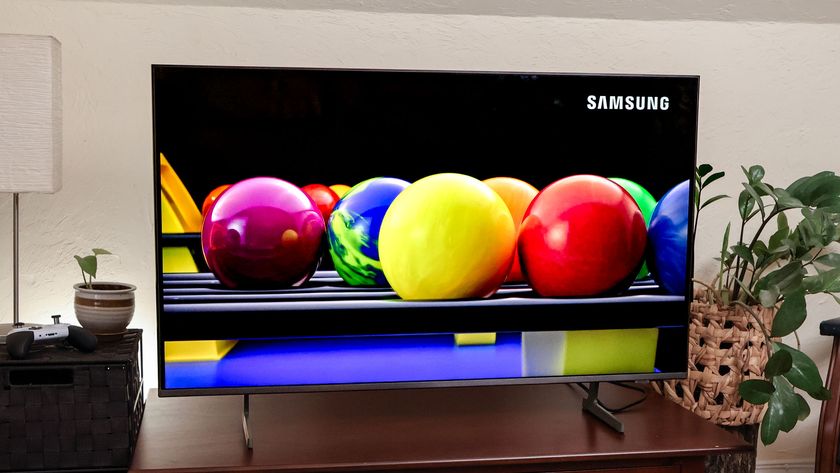



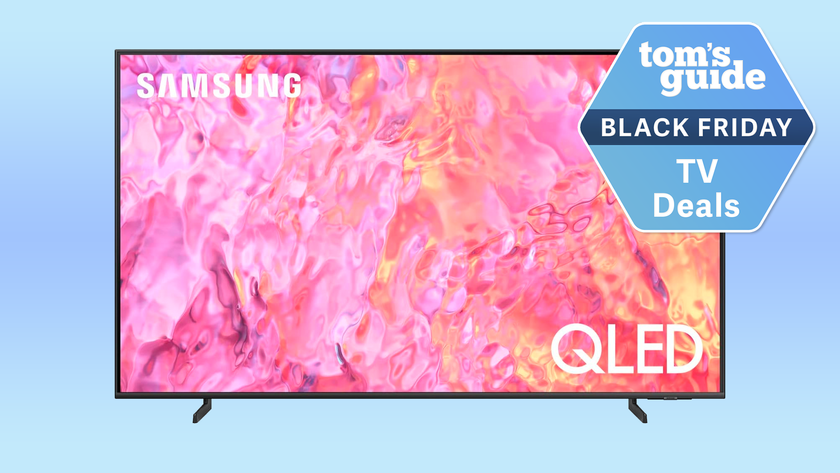
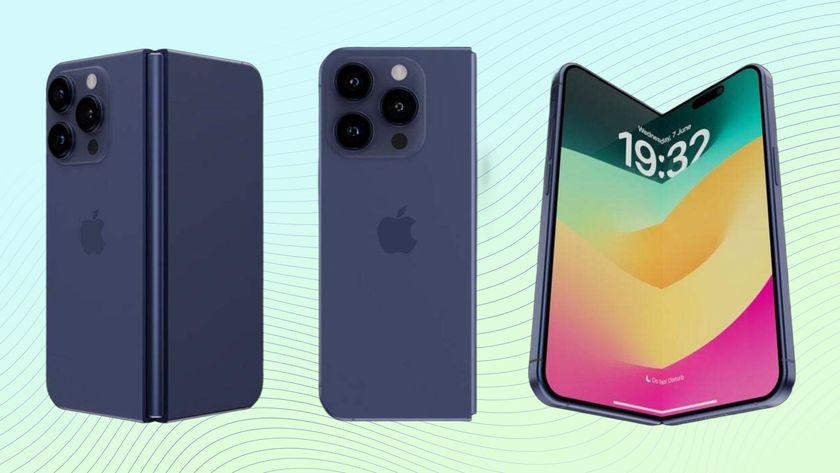

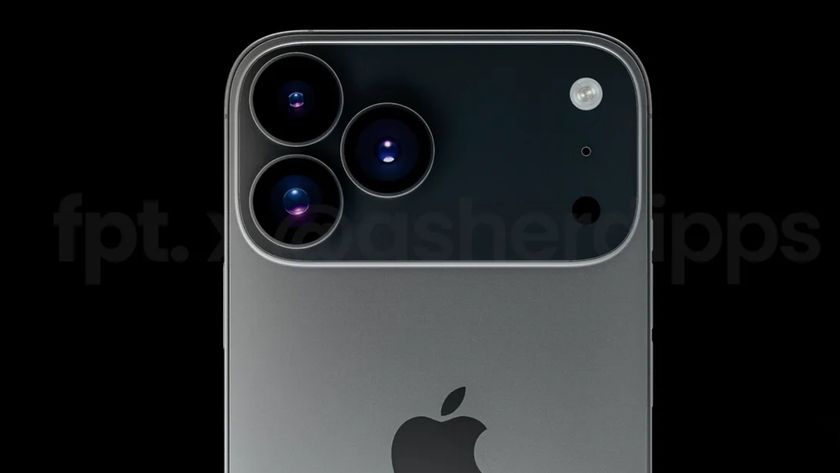



-
SteelCity1981 here is the problem with 4k nothing is going to support it for a while and when it does get support it will be very slow. 4k is only good for tv screen sizes 55 inches and up, anything lower then that you won't tell the diff between 1080p and 4k. So the bulk of TV's under 55 inches will remain 1080p much like the bulk of TV's under 42 inches remain 720p. Then you have cable companies and tv station who really dictate the HD market. Many TV stations are happy with 1080i and 720p formats, which is why cable companies like dish don't have boxes higher then 1080i. So you can forget about 4k mainstream broadcasting in the near future, when the vast majority of tv stations don't even do 1080p yet! then you have 8k around the corner which will make 4k displays the highest resolution you get, short lived even though I really see no reason to have an 8k TV display unless you plan on having a screen the size of a movie theater screen in your house.Reply -
tului Not to mention the amount of compression cable/satellite puts on 1080i and 720p already makes those crap sometimes too. Even with the new HEVC(h.265) I don't think they can put out as many channels without turning it into garbage. Of course they could switch from a broadcast model on cable to an all IP based model for 4K. Maybe give us a la carte too while they're at it..Those last 2 are dreams.Reply -
Algernon Ex Here is a hot one from my personal marketing crystal ball. If this technology doesn't bomb and fail miserably, I will go back to listening high definition audio CDs.Reply

